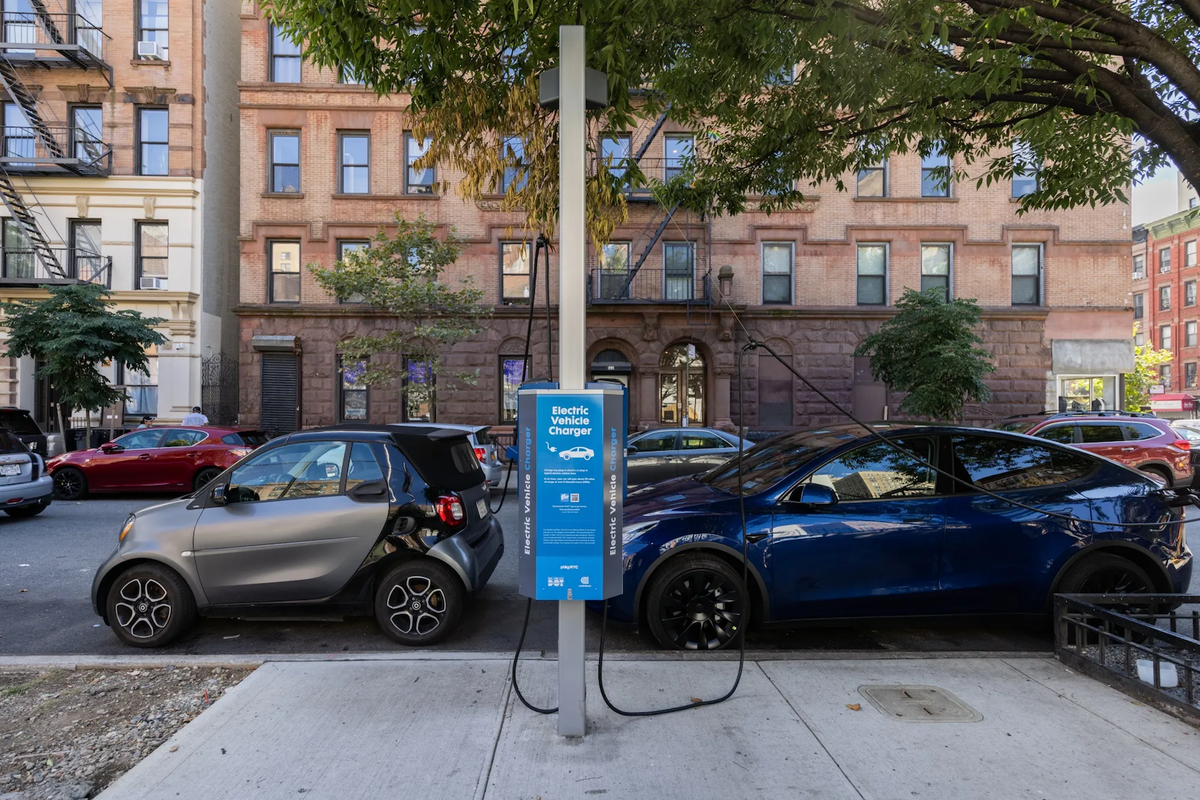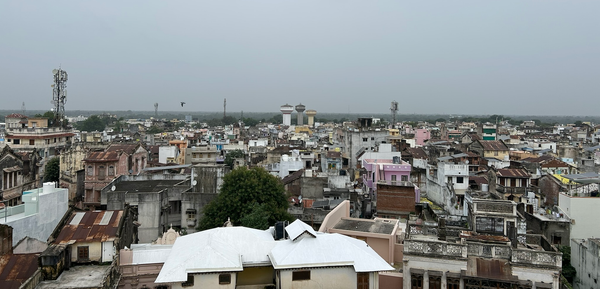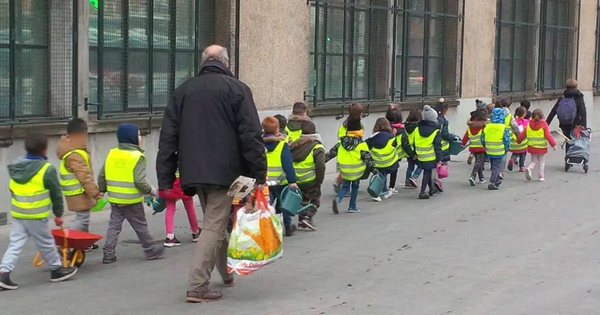The 100-watt human and the 22,000-watt trip to JFK

Let’s talk about energy. Consider the human body: If you eat 2,000 calories per day, you’re burning about the same amount of energy as a 100-watt light bulb. You’ll burn around 250 watts on days you run a marathon.
The average home in New York City consumes about 67 kilowatt-hours (kWh) per day—which is like having 28 100-watt bulbs running continuously. Of course, we don’t live in floodlit apartments. That energy goes toward heating, cooling, cooking, running your laptop, charging your phone, and—yes—some light bulbs.
Transportation consumes a stunning amount of energy. Consider that a one-hour ride from Columbus Circle to JFK in a Honda CR-V takes more than 22 kWh—about what it takes to run your home for eight hours. Taking a Tesla is a big improvement, consuming about 5.4 kWh. But the real win is public transportation, which uses about 1.0 kWh for the same trip. (We’ll save the conversation about how much energy your flight takes for a different day.)

Clean, quiet electric vehicles have arrived in New York. There’s a lot to be excited about: Electric vehicles will play a huge role in reducing energy consumption, carbon emissions, and air pollution. As more buses, taxis, delivery trucks, and private vehicles become electric, we can accomplish the same things we do today while consuming less energy—critical for slowing climate change and the existential problems that come with it.
Beyond reducing energy use, the transition to electric vehicles amplifies the benefits of bringing new, clean power sources online. As of 2023, about half of New York City’s electricity was generated from zero-emissions sources such as nuclear, wind, and hydroelectric; the other half came predominantly from natural gas. Gas- and diesel-powered vehicles, of course, do not benefit from this transition.

Finally, EVs don’t spew exhaust onto the streets and into our neighborhoods—exhaust that is proven to cause cancer, asthma, and a host of other health problems.
Electric vehicles aren’t a panacea. Swapping gas-powered cars for electric ones doesn’t reduce congestion—and may actually increase the risk of pedestrian fatalities, given that EVs are often heavier and quieter than their gas counterparts. They still use far more energy than mass transit. And they accelerate wear on road surfaces due to their weight. Meanwhile, EV batteries require minerals—like lithium, cobalt, and nickel—that come with serious environmental and humanitarian implications. Most are mined and processed under poor labor conditions, and nearly all are controlled by Chinese firms, which hold a near-monopoly on these materials.
We need to consider EVs in the context of a broader mobility strategy. There are applications where private vehicles are the only practical solution, such as deliveries and movement between points that aren’t well connected by public transit—and we should encourage, support and ultimately mandate the transition with urgency. At the same time, continuing to invest in public transit to make it fast, safe, reliable, and available is important: especially the bus network, which is faster and cheaper to expand, and can easily be electrified.
What can we do to accelerate the adoption of electric vehicles?
- Expand our charging network. Los Angeles has 5,000 chargers on the street; London has 15,000. New York City has 98. Several years ago, DOT committed to install 1,000 by this year and 10,000 by 2030—we’re obviously behind. A robust charger network makes it more convenient to recharge an EV than refuel a gas-powered car. It also reduces anxiety related to charger availability.
- Provide more incentives. EV drivers already receive a 10% discount on tolls and are able to use HOV lanes. What if we reserved 10-20% of street parking for EVs in the neighborhoods with the worst air quality?
- Upgrade the city fleet. New York’s fleet of more than 30,000 vehicles includes more than 5,000 EVs—distinct from the MTA’s fleet of 5,800 buses. Except for specialty vehicles like fire trucks, there is no reason that the city should buy any more gas-powered vehicles.
- Enhance and expand the bus network. A fast, clean and high-frequency bus network expands access to transit and reduces the need to use private vehicles.
The 100-watt human deserves a city with clean air that is easy to get around. Electric vehicles make a big difference and we’re moving in the right direction. Strategic investments and policy shifts can accelerate the transition—benefiting millions of New Yorkers and the world beyond.



